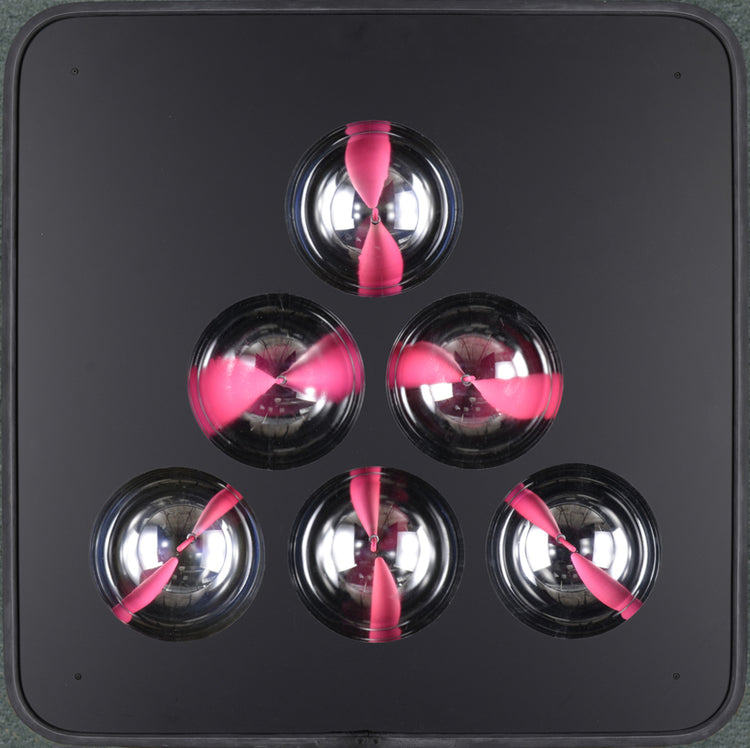Collection: Franco Costalonga

Franco Costalogna (1933-2019)
He is one of those artisan artists that has an expressive form and a vocation in his art, a know how that is based in Italian artisan tradition.
Fascinated by Russian Constructivism, Castalonga over time conducted rigorous research that intersected the science, math and the physics of light and color.
Franco Costalonga was born in Venice in 1933. He began as a self-taught painter but later attended the local art school and studied painting privately under Remigio Butera. He debuted as a printmaker at the Fifty-first Collettiva of the Fondazione Bevilacqua La Masa, Venice, and was awarded a prize. Afterwards he devoted himself to painting and produced a series of works which reflected his interest in color theory.
During the second half of the 1960s, he joined the Dialettica delle Tendenze group, which had been founded in 1965 by Domenico Cara, and started employing different materials in the attempt to create new surfaces that could generate three-dimensional forms. His research brought him to the Sette-Veneto group, which was presided over by Bruno Munari and linked to Brescia’s Centro Operativo Sincron. Costalonga was thus able to thoroughly develop his interest in kinetic and visual effects, leading to the production of new works that were honored at the Fifty-fifth Collettiva of the Fondazione Bevilacqua La Masa. In 1969 Peggy Guggenheim acquired for her collection Costalonga’s work Sphere, made of Perspex and chromium metal.
Costalonga has been the recipient of many awards and honors for his work in the fields of furnishings and design and has taken part in many national and international art shows, including the 1966 Quadriennale of Rome, the itinerant exhibition of The Arts Council of Great Britain, and the 1970 Venice Biennale. He participated in the exhibition Grands et Jeunes d’aujourd’hui - Art cinetique Peinture-Sculpture at the Grand Palais of Paris in 1972, and two years later in the Internationale Kunstmesse-Art5, Basel. In 1978 he joined the group Verifica 8+1, comprising artists of the Veneto region who were exploring concrete and structural art. In the 1980s and 1990s he took part in several Venice Biennales and was included in the 2002 exhibition Themes and Variations: Postwar Art from the Guggenheim Collections at the Peggy Guggenheim Collection.


